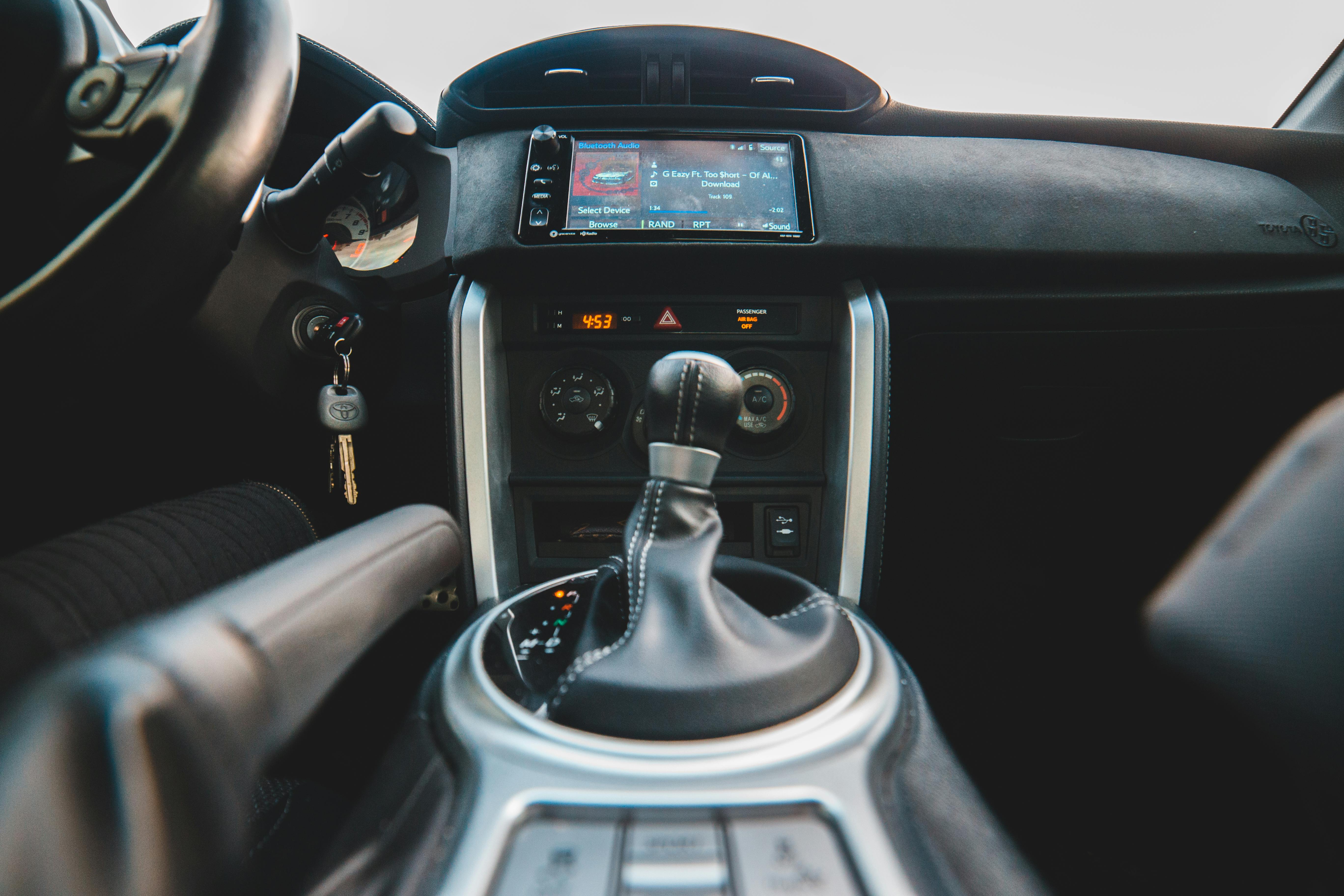The Intricacies of Modern Vehicle Security Systems: A Comprehensive Look
With the continual advancements in automotive technology, vehicle security systems have also evolved dramatically over the years. Today, protecting our vehicles from theft or intrusion has become a highly sophisticated affair, far from the rudimentary lock and key mechanisms of the past. In this article, we delve into the fascinating world of modern vehicle security systems, tracing their historical development, discussing the latest industry trends, and examining their implications.

A Journey Through Time: The Evolution of Vehicle Security Systems
Vehicle security is as old as automobiles themselves. In the early days, simple mechanical locks were the primary method of securing vehicles. However, as vehicles became more widespread and thefts increased, there was a need for more sophisticated systems. This led to the introduction of electronic systems in the mid-twentieth century, which used coded keys for enhanced security. These systems gradually evolved into the advanced digital technologies we see today, which combine cutting-edge software and hardware solutions for robust vehicle security.
The Latest Trends: A Glimpse Into the Future of Vehicle Security
As we move further into the digital age, the vehicle security industry continues to innovate. One of the most significant trends is the use of biometric technology, which involves the use of unique biological characteristics such as fingerprints, facial recognition, or iris scans to secure vehicles. Another trend is the development of vehicle immobilization systems that can remotely disable a vehicle during a theft attempt. Moreover, the integration of vehicle security systems with smartphone apps and other smart devices is becoming increasingly common, allowing owners to monitor and control their vehicle’s security from anywhere.
The Impact of Advanced Vehicle Security Systems: Blessing or Curse?
While modern vehicle security systems offer numerous benefits such as enhanced protection and convenience, they also present several challenges. For instance, the increasing complexity of these systems can make them difficult to understand and use for some people, especially the elderly or those who are not tech-savvy. Moreover, as these systems become more interconnected with other devices, they also become more vulnerable to cyberattacks. Therefore, ensuring the cybersecurity of vehicle security systems is a major concern for the industry.
The Science Behind the Security: Understanding the Technology
Understanding modern vehicle security systems requires a basic knowledge of the technologies they use. One of the most common is the transponder key, which contains a small chip that communicates with the vehicle’s computer system to verify the key’s authenticity. Other technologies include GPS tracking systems, which can locate a stolen vehicle, and remote keyless entry systems, which allow owners to lock and unlock their vehicle remotely. More advanced systems may also use biometric technologies or sophisticated encryption algorithms to enhance security.
The Road Ahead: The Future of Vehicle Security
Looking ahead, the vehicle security industry is set to continue its rapid evolution. With the advent of autonomous vehicles and the increasing use of artificial intelligence and machine learning in automotive technology, vehicle security systems will likely become even more sophisticated and integrated. However, as the technology advances, so does the need for effective regulation and standardization to ensure the security and privacy of users.
In conclusion, modern vehicle security systems are a fascinating blend of cutting-edge technology and practical application. They provide a crucial layer of protection for our vehicles, but also present new challenges and opportunities. As the automotive industry continues to evolve, it will be interesting to see how vehicle security systems change and adapt to keep pace.




